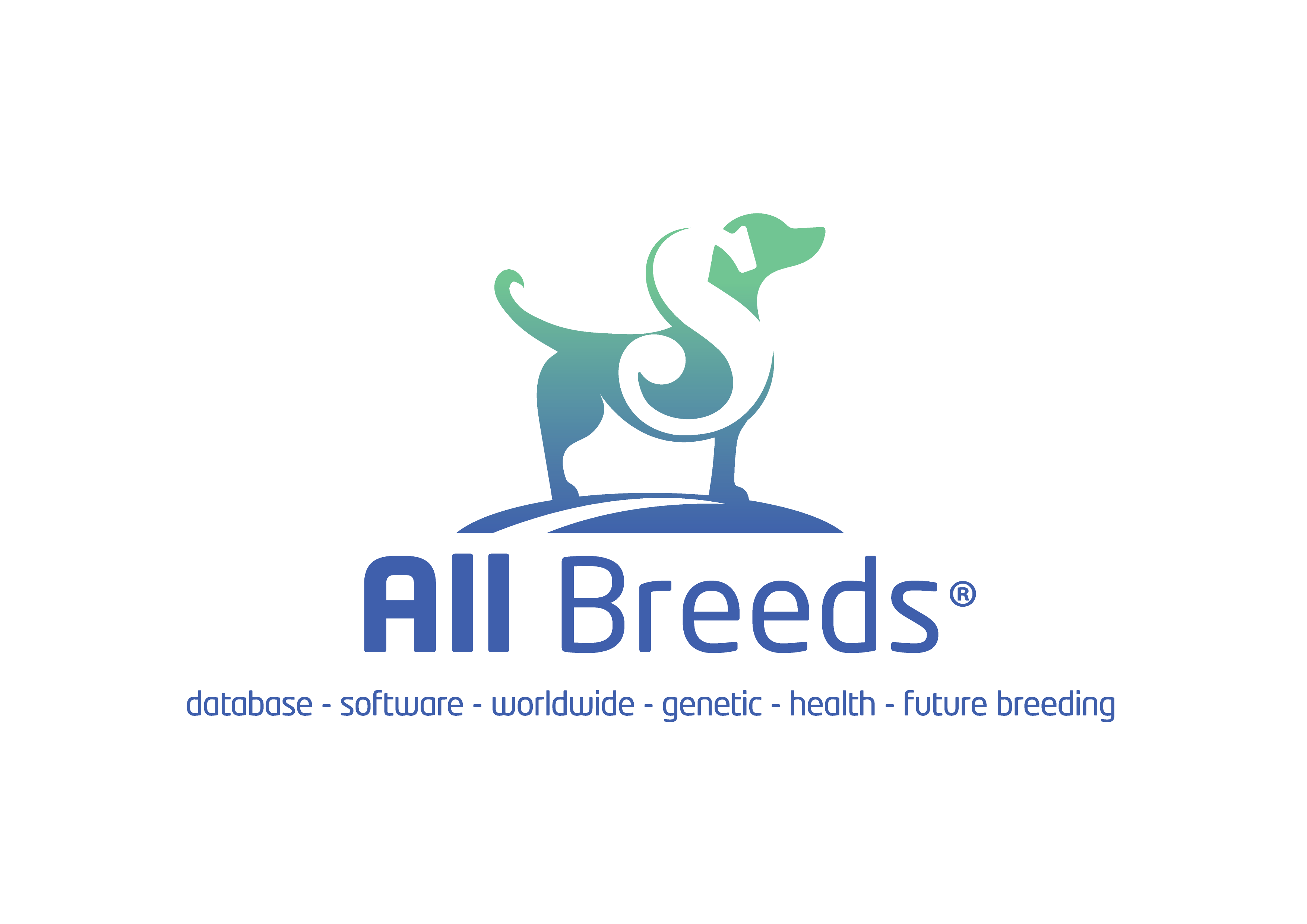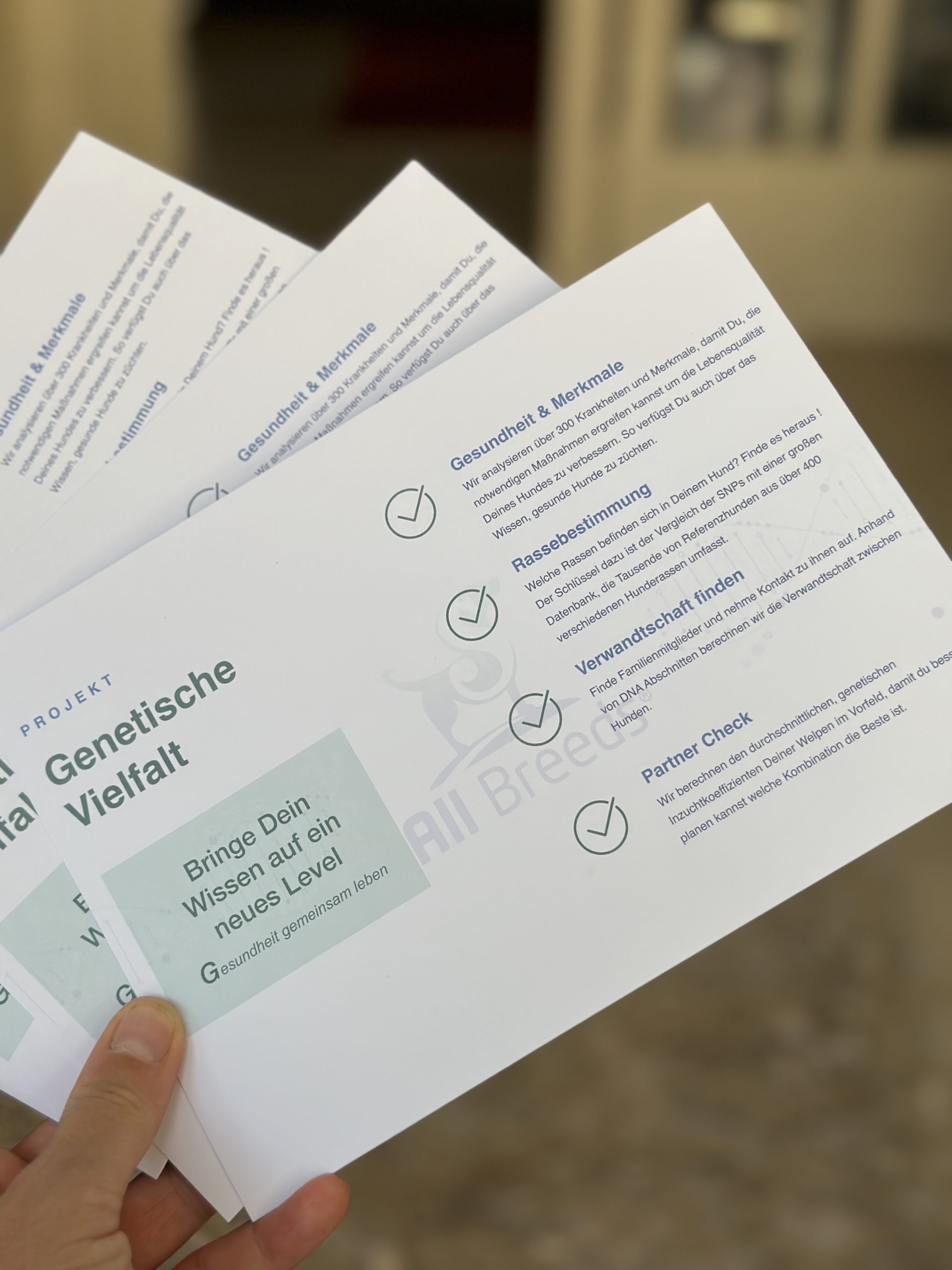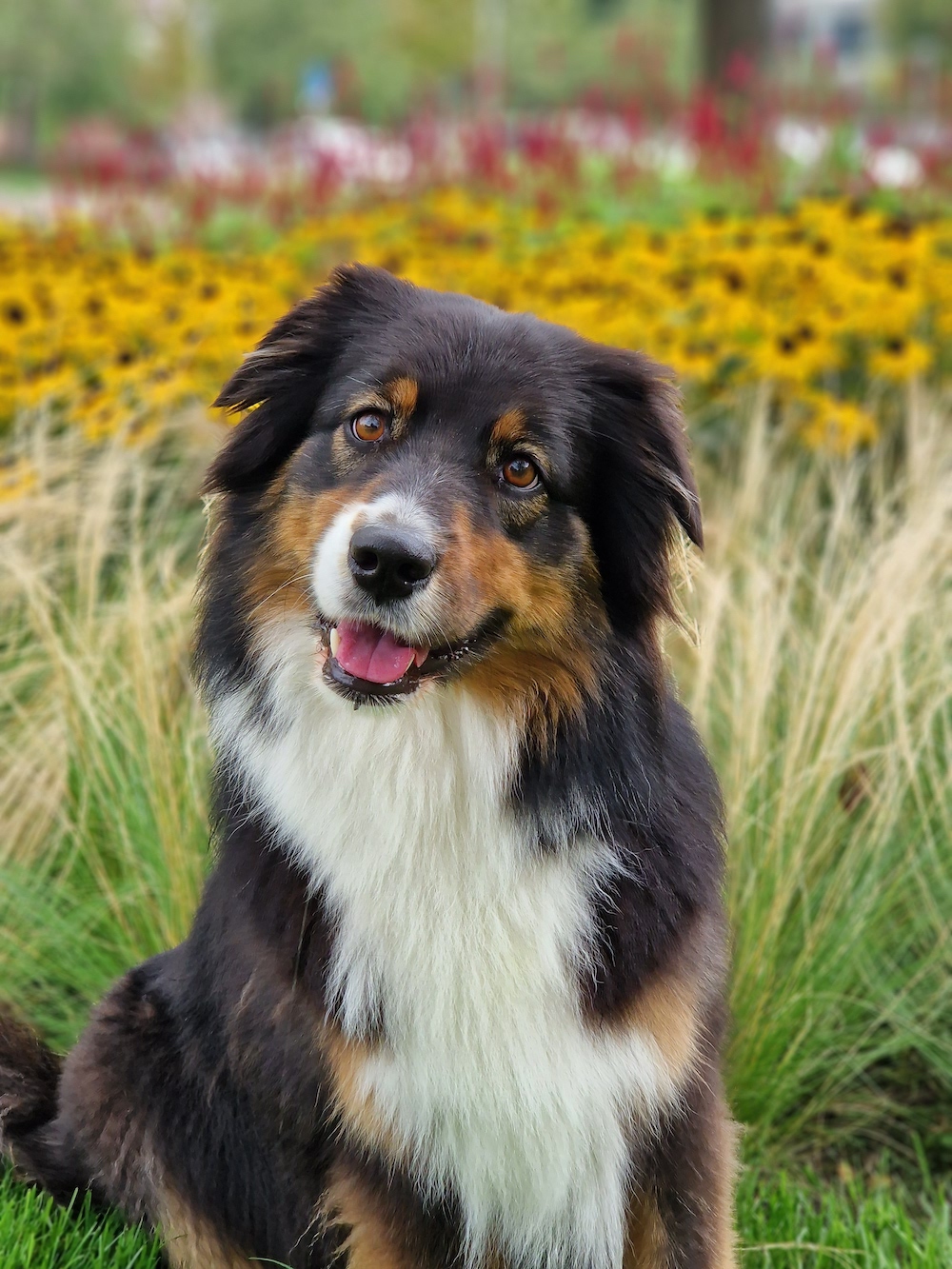In recent years, many DNA samples from Rhodesian Ridgebacks have been collected, with new ones being added every week. Alongside a large number of statistics on various diseases and a comprehensive overview of the genetic diversity within our breed, I have delved into the origins and emergence of Ridgebacks. Many old books and documents showcase the initial registrations of the dogs and the establishment of the Rhodesian Ridgeback Club in South Africa. The influence of various breeds is also a topic of ongoing discussion.
History meets modern DNA analysis.
Mitochondrial DNA (mtDNA) is a type of genetic material found in mitochondria, the organelles responsible for energy production in cells. Unlike nuclear DNA, which is inherited from both parents, mitochondrial DNA is solely inherited from the mother. It contains genes that control various functions related to energy production and cell metabolism. Mitochondrial DNA is frequently used in evolutionary and genetics studies to trace maternal lineage and investigate specific genetic traits and diseases.
Y-DNA is the genetic material found on the Y chromosome. It is passed from fathers to sons and reflects the male lineage. Since only males possess a Y chromosome, Y-DNA analysis is often used to determine paternity and ancestry, as well as explore male kinship relationships. Analyzing Y-DNA can also aid in researching historical migration routes and conducting genealogical investigations.
Our breed is only 100 years old, and the breed standard was established in 1922. It remains largely unchanged today, with minor adjustments. To create a unified image of the Rhodesian Ridgeback and quickly achieve the desired type of dog, sibling pairings, father with daughter and mother with son were suggested in public announcements, and anything deviating from the type had to be culled. Puppies with Dermoid Sinus, lacking a ridge, or displaying other deviations were almost universally euthanized.
The mtDNA (maternal lineage) and Y-DNA (paternal lineage) lead directly to the founding dogs and reveal the true extent of inbreeding. This also exposes incorrect lineages in pedigrees. Out of over 2600 Rhodesian Ridgebacks from around the world, the entire population can be traced back to 5 maternal lines, one of which leads to the German Shepherd, Weimaraner, and Poodle, and another to Village dogs in Central and South America, as well as Lebanon.
The Y-DNA (paternal lineage) traces back to 4 founding dogs. One lineage goes back to the Great Dane and another to the Doberman.
For the entire Ridgeback population, 5 mothers and 4 fathers are responsible.
Complete pedigrees exist for all Ridgebacks dating back to the year 1900, making the respective founding dogs identifiable by name.


